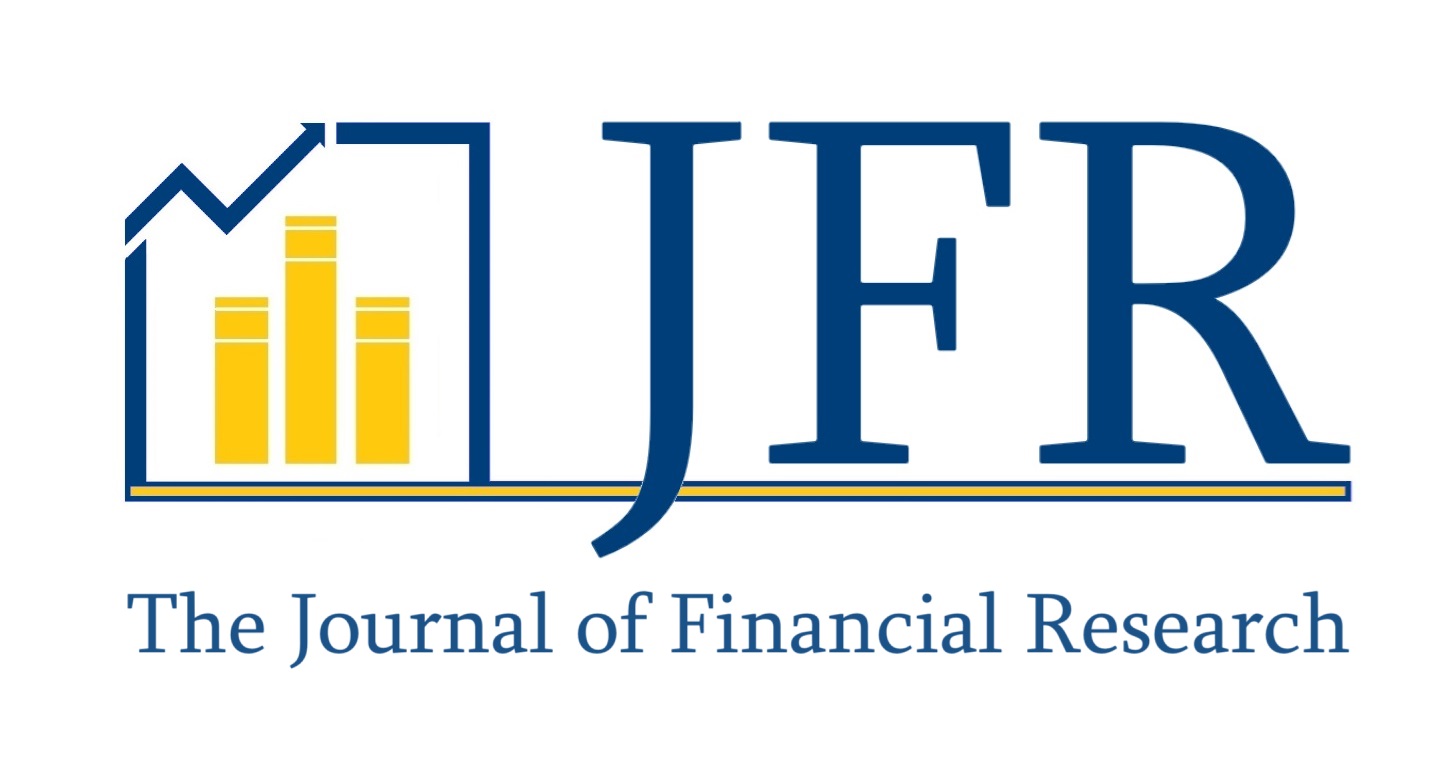General Guidelines
We strongly recommend that submitting authors 1) peruse past issues of the journal in order to become familiar with the quality and composition of articles appearing in the journal, 2) motivate the main idea clearly and early in the paper, and 3) avoid submitting papers that have not been well vetted and/or professionally copy edited. Adhering to the above suggestions will improve the likelihood that your submission will enter the full review process, thus increasing the likelihood of being published in the journal.
Originality
The JFR only accepts submissions of original works that have not previously been published or are currently under consideration/review at other journals. We use Crossref Similarity Check by iThenticate to ensure that each manuscript is original. Any works found to be in whole or in part a duplication of any other work(s) (including those of the submitting author[s]), without appropriate citation will be desk rejected.
Style and Formatting
In general, manuscripts submitted to the Journal of Financial Research should follow the Publication Manual of the American Psychological Association, 7th ed. (APA)
- Set the main body text of the manuscript in 12-point type. Double–space, justified for all text portions of your manuscript, including abstract, footnotes, and references. First paragraph justified under each new title and subtitle throughout paper. Subsequent paragraphs should be .5-inch indent to start.
- Primary headings should be bold, all CAPS, using Arabic numbers at the left margin. Subsection headings should be bold, sentence case at the left margin.
- Number all sections of the paper, from Introduction to Conclusion, with Arabic numbers. Subsections are 1.1, 1.2, etc. All headings within the article (as well as tables, figures, legends, etc.) should be sentence case.
- On the title page, include the title, author’s name, author’s affiliation, and a footnote that includes any acknowledgements.
- Include a single-paragraph abstract of no more than 100 words after the title page. Place JEL classification code(s) after the abstract.
- In the introduction do not describe the contents of the subsequent sections.
- Use a comma before “and” when listing 3 or more items.
- Define all abbreviations on first use.
- Use footnotes instead of endnotes. Keep number and length of footnotes to a minimum.
- Tables should be able to stand alone. Make column headings descriptive and easily understood. Define all variables and abbreviations. Present each table or figure on a separate page. Figures accepted for publication must be available in electronic form.
- Number tables, equations and figures with Arabic numbers. Enclose equation numbers in parentheses and place them in the right margin.
- Please edit manuscripts carefully, writing in the active voice. Avoid expressions such as “This paper tests.” Eliminate excess verbiage and avoid redundancies. Do not use italics to indicate emphasis.
Citations
Cite selectively in the text. Do not string cite. Cite references in the text by placing the publication date in parentheses, for example:
-
- One author: “Gabriel (2000) found… “ or, ““Extant literature (Gabriel, 2000) shows that…”
- Two authors: Mathes and Severa (2004) or (Mathes & Severa, 2004)
- Three or more authors (even first occurrence): Waterman et al. (1993) and (Waterman et al., 1993).
- Authors with same surname: Among studies, we review M. A. Light & Light (2008) and I. Light (2006).
- List source references alphabetically at the end of the manuscript using the format shown below (APA style).
- Do not list any reference not cited in the text.
- When citing several publications that appear in the same year by the same author(s), add a, b, c, etc. to the publication date.
-
-
- Jensen, G. R., & Moorman, T. (2010). Inter-temporal variation in the illiquidity premium. Journal of Financial Economics, 98(2), 338–58.
- Cochrane, J. H. (2005). Asset Pricing (Princeton University Press, Princeton, NJ).
- Lambert, R., & Larcker, D. (2004). Stock options, restricted stock, and incentives. (Working Paper) Available at SSRN https://ssrn.com/abstract=527822
-
-
- Do not list any reference not cited in the text.
- First line of each reference should be at left margin with hanging .5-inch indent for additional lines.
- Ensure that references for working and forthcoming papers are up to date.
